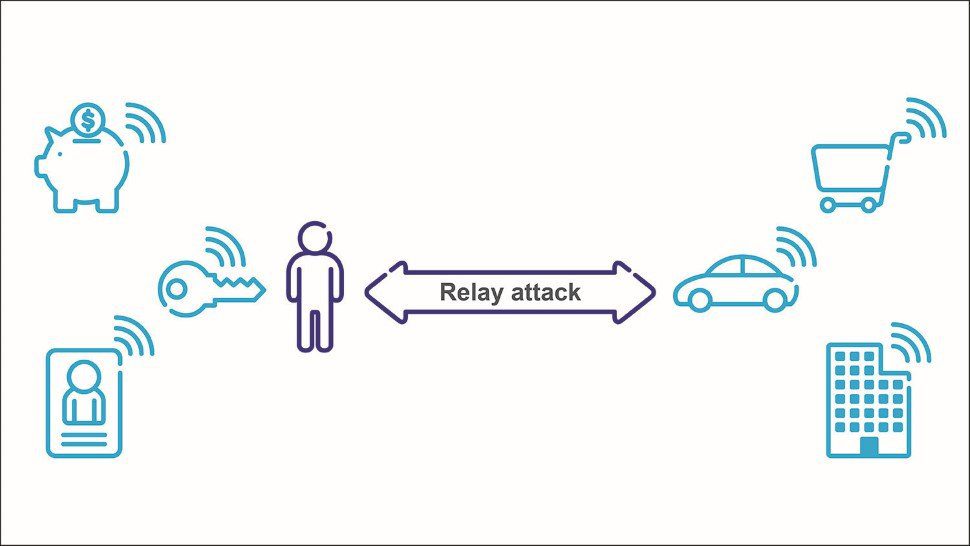Like any other emerging technology, the Internet of Things (IoT) has many benefits and risks. On the one hand, the advocates of the technology and the manufacturers of IoT devices are promoting Internet of Things as a means to make your daily lives better and more accessible through billions of ‘smart’ IoT devices (such as Smart TVs, Smart Refrigerators, Smart Air-Conditioners, Smart Ovens, Smart Cameras, Smart Cash Wash, Smart Running Shoes, Smart Doorbells, Smart Police Surveillance & Traffic Systems, Smart Health & Performance Tracking Wearable, etc.) connected to the Internet. On the other hand, IT Security Professionals consider it unnecessary and too risky due to IoT devices’ user privacy and data security issues.
A recent survey by Altman Vilandrie & Company of 397 IT leaders from 19 different industries revealed that in 2017 over half of all U.S. businesses deploying IoT devices experienced a security breach. And the price of those breaches varied from tens of millions to hundreds of thousands of dollars.
Whether it is WikiLeaks’s massive trove of documents and files released in March 2017 to reveal purported CIA Hacking Tools, which shows the agency can spy on smartphones, computer operating systems, message applications, and Internet-connected televisions, or the Security firm Kaspersky’s damning critique of IoT security challenges, with an unflattering headline, “Internet of Crappy Things”, the IoT security issues are a reality.
How to Address Common IoT Security Issues and What are IoT Security Solutions?

The top 10 IoT security solutions for the most prevalent IoT security challenges are listed below:
1. Secure the IoT Network
Implementing conventional endpoint security features like antivirus, anti-malware, firewalls, and intrusion prevention and detection systems will protect and secure the network linking IoT devices to the online back-end services.
2. Authenticate the IoT Devices
Adding numerous user management capabilities for a single IoT device and putting strong authentication mechanisms in place, like two-factor authentication, digital certificates, and biometrics, may enable users to authenticate IoT devices.
3. Use IoT Data Encryption
Encrypt data at rest and in transit between IoT devices and back-end systems using industry-standard cryptographic algorithms and completely encrypted key life-cycle management processes to improve the overall security of user data and privacy and avoid IoT data breaches.
4. Use IoT PKI Security Methods
Use IoT public key infrastructure security techniques like X.509 digital certificates, cryptographic keys, and life-cycle capabilities, including public/private key generation, distribution, management, and revocation, to provide a secure connection between an IoT device and an app.
5. Use IoT Security Analytics
Use IoT Security Analytics Solutions that can detect IoT-specific attacks and intrusions, which traditional network security solutions like firewalls can’t identify.
6. Use IoT API Security Methods
Using documented REST-based APIs, IoT API Security techniques should be used to safeguard the integrity of data movement between IoT devices, back-end systems, and applications. They should also be used to confirm that only authorized devices, developers, and apps communicate with APIs and identify potential threats and attacks against particular APIs.
7. Test the IoT Hardware
Establish a strong testing mechanism to guarantee the safety of IoT hardware. The IoT device’s range, capacity, and latency are rigorously tested as part of this. Given that the majority of the IoT devices on the market today are inexpensive, disposable, and have a very low battery capacity, the chip manufacturers of IoT devices also need to strengthen the processors for greater security and lower power consumption without making them too expensive for the buyers or too impractical to be used in the current IoT devices. Additionally, to verify that all of the third-party components and modules they use in their IoT devices work properly with their IoT applications, IoT device makers must thoroughly test every one of them.
8. Develop Secured IoT Apps
Given the immaturity of the current IoT technology, the IoT applications’ developers must emphasize the security aspect of their IoT applications by strictly implementing all the above-mentioned IoT security technologies. Before creating any IoT applications, developers must thoroughly examine the security of those applications and make every effort to strike the ideal balance between those applications’ user interfaces and security.
9. Do Not Launch IoT Devices in a Rush
The makers of IoT devices frequently hurry to introduce their goods to the market at the lowest pricing to remain ahead of the competition. Additionally, they don’t pay close enough attention to delivering security updates and patches while doing it. Long term, this poses a significant risk to the security of their IoT devices. Manufacturers of IoT devices should refrain from releasing their products without enough preparation for long-term support for the security of their IoT devices and apps to solve this difficulty.
10. Beware of the Latest IoT Security Threats & Breaches
Device manufacturers and app developers must be aware of the most recent IoT security risks and breaches to protect the security of IoT devices and apps. Security vulnerabilities will inevitably occur since the Internet of Things is still young. Therefore, IoT device makers and app developers must be prepared for security breaches with a good evacuation strategy to protect the most data during a security attack or data breach. Last, IoT device manufacturers and app developers must take the initiative to educate their staff and consumers about the most recent IoT security risks, flaws, and remedies.







